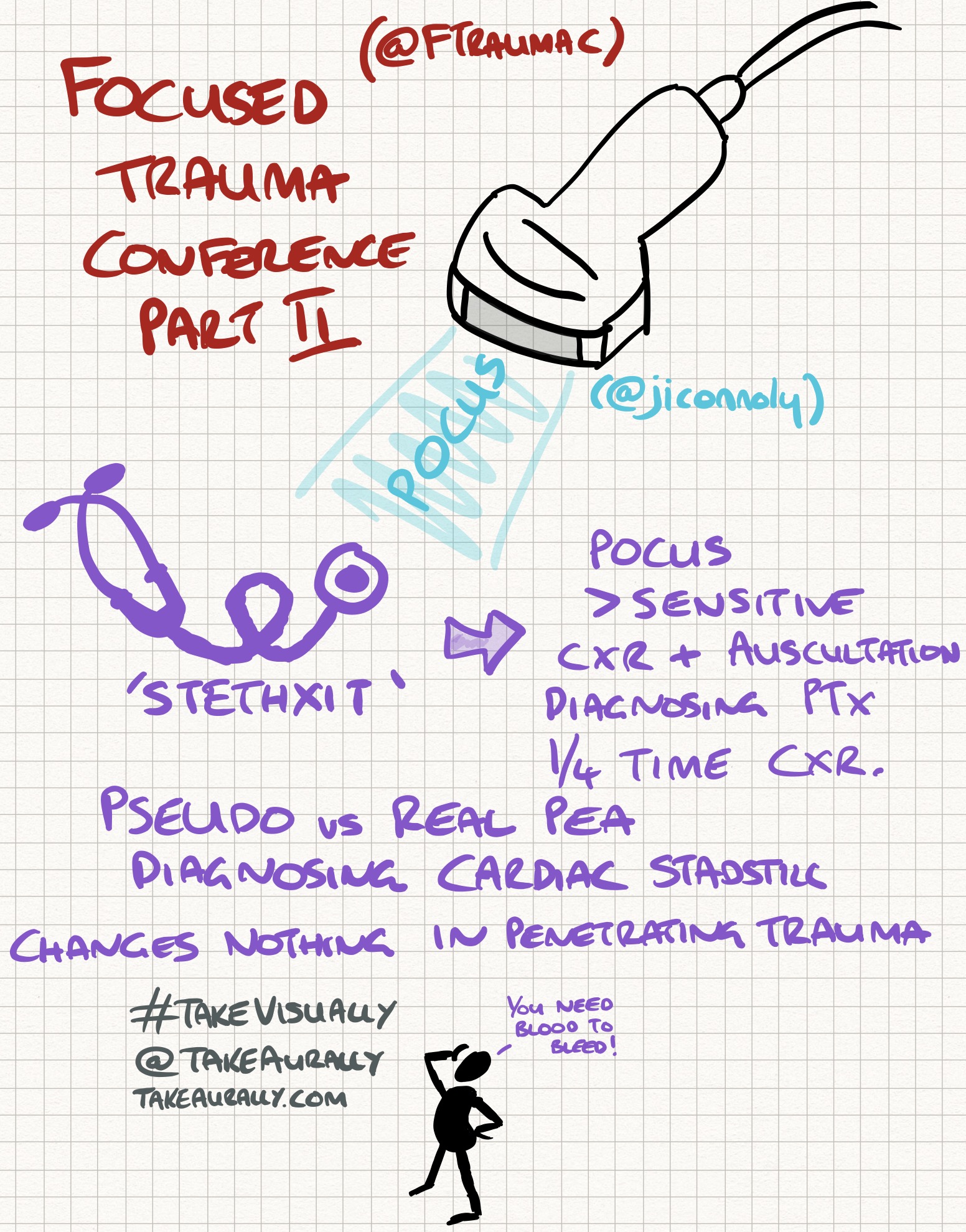A MEETING OF THE TRIBES: INTER-PROFESSIONAL ISSUES IN CRITICAL CARE
What tribe are you? As you increase complexity you can increase the tribalism shown. If there a rite of passage you go through after which you know you belong? The flat culture is celebrated until it falls apart under conflict. The microaggression - 'just a nurse' needs to be avoided.
A common enemy (such as ITU) can help unite it encourages more tribalism. The consultant sets the tone of the shift but so does everyone in the team. Be aware of fundamental attribution bias and distinguish between behaviour and intention. We often criticise others based on their behaviour but praised ourselves for our intentions regardless of outcome or behaviour. Vulnerability and intention build teams. Be aware of your emotional intelligence and think who you want to be. Don't wage time fixing what doesn't work build on what does work. Think about your team reflexibility and how tribalism may affect your education culture. Beware of emotional contagion - how we behave transmits to others. Positive feedback is often vague whilst critical feedback is specific and we often forget the positive feedback compared to negative so more positive is needed so the student/colleague remembers.
Making Complex Problems Simple: Chris Hicks
A brilliant talk breaking down the management of a very complicated trauma call. A large process doesn't mean complex. Keeping it simple needs strategy. We make our habits and then our habits make us. We don't want any wild variances at the simple level. Four stages: Habit, Emergency Theory, Factor down problem, Limit variables.
Emergence theory creates complexity (this is how swallows appear to be flying in sequence - swarm behaviour). Three factors at play much like a swarm: Alignment. Separation. Cohesion - break you team down into sub teams: those dealing with airway, those on chest, those on pelvis etc.
Factor down from surface complexity e.g. look at airway problem, circulatory problem rather than whole massive problem.
Limit variables - eliminate steps, reduce team numbers, practice sim and increase engagement
- Lean on habit, foster emergence (semi-autonomous sub teams)
- Factor down problem
- Limit variables
Dream Big Plan Simple
The Future of Out-Of-Hospital Cardiac Arrest: Maaret Castren
50% of sudden cardiac risk had symptoms in preceding 4 weeks yet there is no risk prediction tool. Recommended the European Resus Academy - 10 steps to improve cardiac arrest survival.
Learning from Sim Part II: Critical Moments in the Emergency Department: Chris Hicks
Discussed emotional valence in simulation: if you feel an emotion in simulation you will better remember it when you feel that emotion for real i.e. anger or fear. Must practice good psychological health in simulation.
Finding the Needle in the Haystack: Paediatric Cardiac Disease: Michele Domico
Cardiac disease presents every other way than chest pain, murmur, cyanosis and hypoxia are obvious but far more common and vague are fatigue, failure to thrive, sepsis.
Children should not be fatigued, think if it adds up. Infection may unmask. Quiet tachypnoea can mean easily missed poor perfusion. Small children should not be quiet when you examine. Normal BP and HR does not mean good CO. Might have multiple presentations and have been given another diagnosis. Beware cognitive bias. Think heart in cases of repeat presentations.
Guts or Gadgets?… Prayers or Protocol?… Training or Tricks? - MJ Slabbert
Discussed the process of naturalistic decision making as she brilliantly went through a case of penetrative chest injury peri-arrest in the community. Do you go with protocol and RSI there knowing the BP will plummet and you'll have to do a thorocotomy in the community or scoop and run 5 minutes to hospital? Which is best?
16 Bits of Anaphylaxis - Daniel Cabrera
An outstanding presentation invoking Space Invaders.
- We do a terrible job - 50% missed, only 50% who need adrenaline get it
- Highly preventable death - 1-2% pop, 1-2% die
- Know your enemy, no difference between anaphylaxis and anaphylactoid management, be vigilant and fast, sting to arrest 15 minutes, medicine allergy to arrest 5 minutes
- Cardiorespiratory collapse kills so does lack of education and access
- Know your weapon - adrenaline, IM, early use!
- Early diagnosis - Young, elderly, history of anaphylaxis, asthma, cardiopulmonary disease
- Don't be afraid, second dose IM, then infusion, 50% patients will need second dose, crystalloids, in respiratory distress O2 and nebs help, steroids and antihistamine control symptoms don't fix the problem
- Prepare for very difficult airways, swelling, increased pulmonary pressure
- No retreat, no surrender, best treatment for refractory anaphylaxis has limited evidence, more evidence behind increasing adrenaline infusion rate or using glucagon, there are very limited case reports of noradrenaline, vasopressin and methylene blue
- ECMO could be used in refractory hypotension, early and aggressive resuscitation, 1-20% have biphasic reactions, criteria for diagnosis varies in literature
- Education, adrenaline, action plan - make sure the patient knows they have an allergy, follow-up in clinic and an IM pen
Resuscitation for the Resuscitationist
Mass panel discussion here. No clear outcomes but some interesting areas of debate:
Vasoplegia e.g 130/7 - intravenous do not work
Preemptive CPR
? Use of Methylene blue
Refractory VF
Repositioning the pads
Or
Additional machine with 2nd set of pads with synchronized defib
Esmolol for refractory VF worth a try
Isoprenaline injection
Ketamine for semi-conscious patients during CPR
Encourage awake arrested patient to cough
When enough is enough-- close to 40 min of good quality CPR
Post resus temp control aiming 32-34C
Paralysis for temp control
Right, off to get the podcast out and then get to the party! Enjoy!
- Jamie















